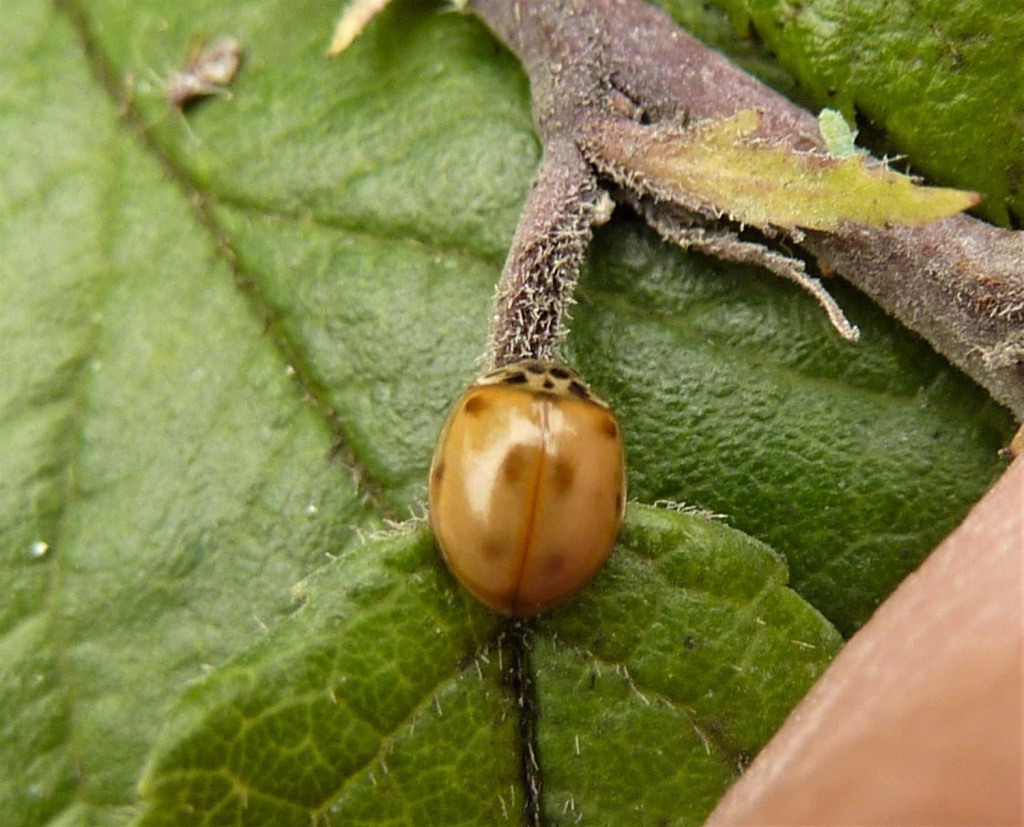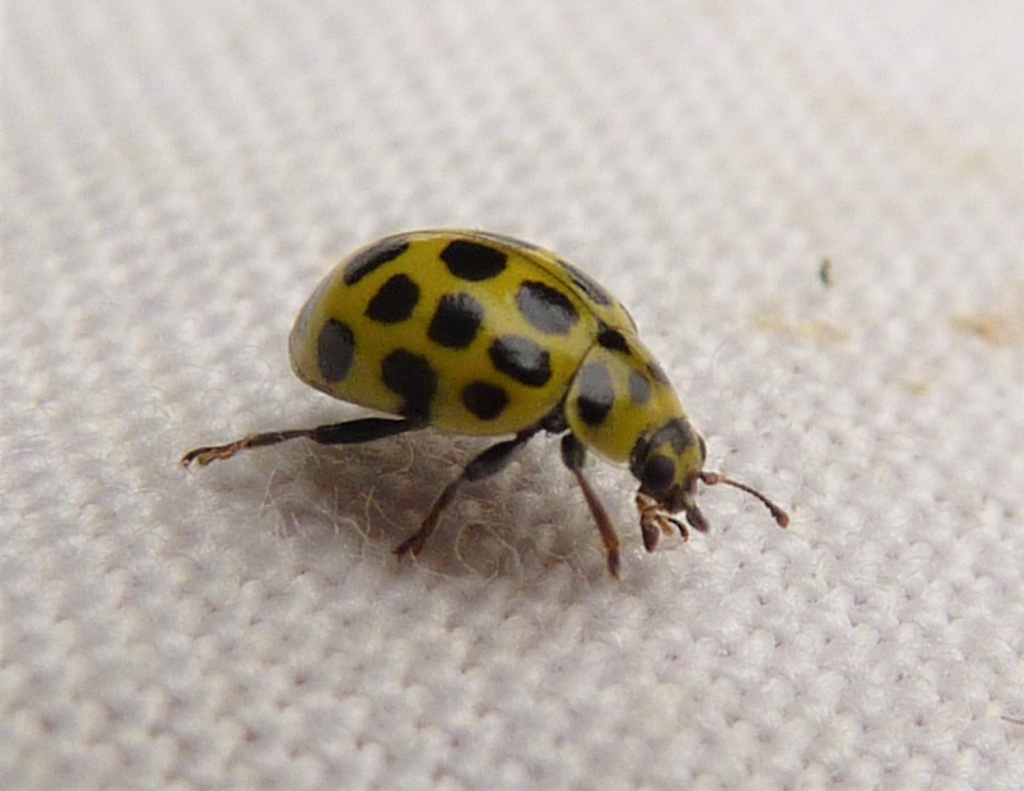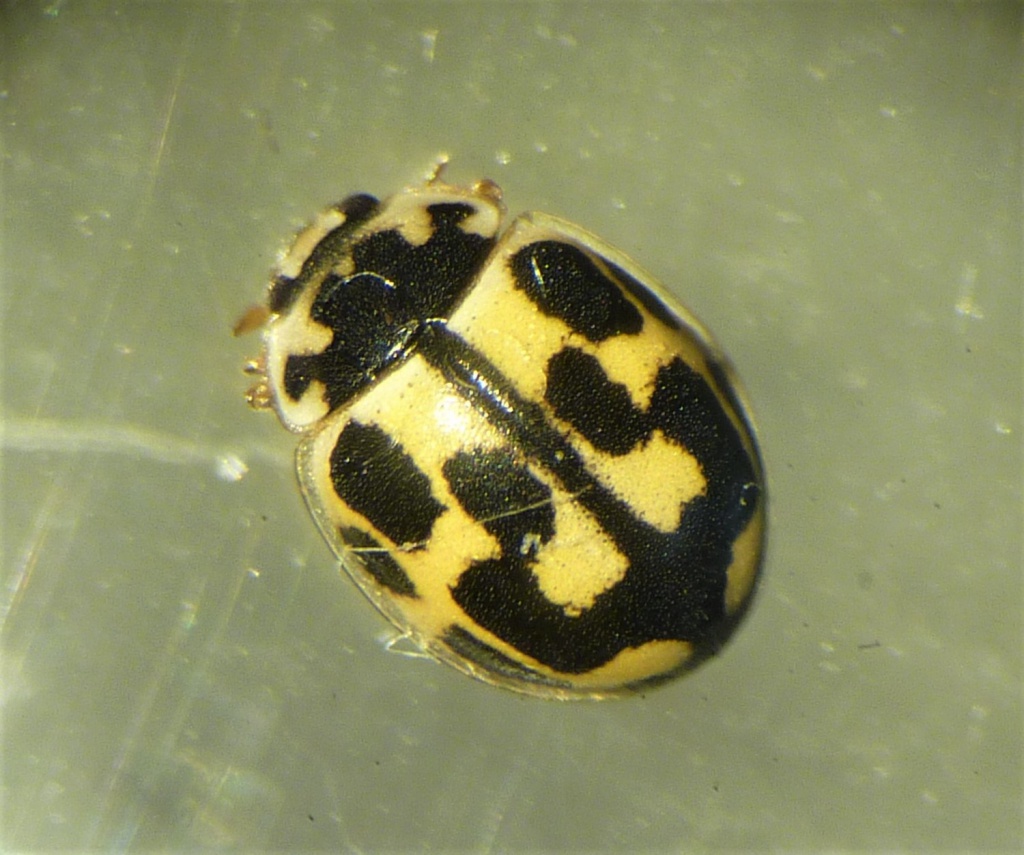Local naturalist, Daphne Aplin, explores the diverse and beautiful ladybirds of Cowpen Bewley Woodland Park
Being situated close to my home, I like to spend a lot of my “spare” time enjoying the natural history of Cowpen Bewley Woodland Park in Billingham, Stockton-on-Tees.
While flower-rich meadows, augmented by areas of woodland, comprising a number of different tree species dominate the reserve, there is a small lake and areas of wetland. These individual and distinct habitats have evolved to produce a unique and thriving environment, supporting a wide range of plants and animals.
The lake and wetlands provide ideal habitats for amphibians such as newts and frogs etc. They also support a diverse collection of resident aquatic birds. The Park also provides a temporary sanctuary for many migrating bird species. And it has become increasingly popular with birders en-route to the vastly more extensive coastal wetlands of the nearby RSPB and Teesmouth Seal Watch reserves.
For many years I have done Butterfly transects there for Butterfly Conservation and, in so doing, have been lucky enough to spot other wildlife. There are 23 recorded species of Butterflies and 16 species of Damsels and Dragons.
I don’t know what it is about Ladybirds but it always lifts my spirits to see one. Perhaps it is that little splash of colour when I come across one unexpectedly? I have recorded 12 Conspicuous Ladybirds at CBWP and, on one occasion, saw the larva of a Rhyzobius lophanthae grazing on lichen on an Ash tree but I have never knowingly seen an adult. I am ever hopeful of finding one someday! The Ladybird species I see the most of at CBWP is the Kidney-spot Ladybird. There used to be a good stand of Ash trees behind the (now closed) Visitor Centre where I used to see dozens at a time but sadly the trees are dying so it will be interesting to see if they disperse to neighbouring trees.
I think the next most numerous would be the 7-spot Ladybird. I love the way they “beetle” along blades of grass or other vegetation in their search for aphids. Unfortunately, over the years, I have seen a few that have been parasitised by what I believe are tiny wasps called Dinocampus coccinellae. Unbelievably I understand some Ladybirds actually survive this ordeal!
Near the ponds, I sometimes see the tiny Water Ladybird or the 19-Spot Ladybird which is a little treasure. It amuses me that because of the number of spots they usually possess their names are so long. I also see a lot of the tiny bright yellow ones – 22 spot and 14-spot Ladybirds which certainly brightens up a day with an elytra that looks rather like a clown has gone overboard with make-up!
I have noticed more Orange Ladybirds on trees this year – this is probably because I have spent more time in the woods because of Covid lockdown travel restrictions but they are always a delight to see. I didn’t realise that this one is sometimes called the dormouse Ladybird because it emerges from overwintering later than most other species. I look forward to finding out more about them and having many more “Ladybird” encounters.
By Daphne Aplin, local naturalist


